November 21, 2022
Author:
matthewjmedia
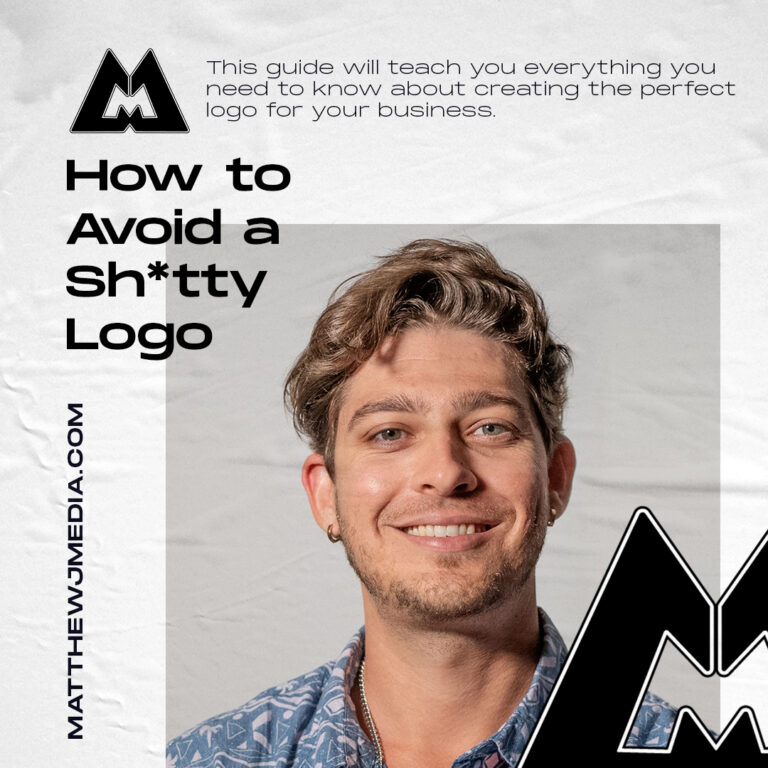
Ever seen a brand without a logo? You haven’t? Is that right? There is a reason that there are none. Its not only possible to significantly impact your customer’s perception of your brand but by having a well-designed logo you can. Therefore, it is only natural that you would want your logo to stand out. Getting there is the question, but how?
Making a brand stand out from the competition and building it from the ground up is a difficult task. As in dating, business is all about attracting the right customers and making them fall in love with your brand. Your logo could be compared to your profile picture on a dating website. People’s decision to learn more about you (or swipe left if they’re not interested) is influenced by the content of your profile. Don’t you wish you looked your best?
You need not worry! This guide will teach you everything you need to know about creating the perfect logo for your business. Find out what makes a great logo in this post as you learn how to define your brand’s identity.
When it comes to your business’s first impression, your logo will make a huge difference. Your logo gives your customers information about your brand and helps them decide whether it’s right for them. Your logo is an essential part of your brand, so you want to make sure it’s done correctly. Your logo will appear on all branding materials. Customers will see it on your website, in your packaging, and on your business cards. Let’s make it count!
In the end, brands are like people. A name, a personality, a face, a communication style, an outward appearance, and an inward mission define them. As my friend, Alex Cervasio says, “People don’t follow brands, they follow people…” so we need to humanize your brand.
The simple truth is that people respond to other people. Avoid robotic marketing tactics and focus instead on being relatable, interesting, and most importantly, human. Do you recall visiting a blog and noticing that the blog’s posts are all created by the “admin”? How do I get in touch with the “admin” you speak of? Does he or she have a name? The appearance of mystery in this situation will not benefit you. A brand’s audience wants to know not only the “why” behind what it does, but also about the people who are behind it.
By giving your brand a unique personality and style for delivery and interaction, you can ensure that it has an accurate voice. Even if you have multiple people running your brand, imagine it as one individual. Who is this person? What is their framework? Do they connect with an audience in a formal and professional manner, or are they laid back and playful? The answers to these questions can help you create a brand avatar that will make maintaining that brand persona easier for you or your team.
It doesn’t matter who speaks for your brand – when everyone involved is on the same page, your message will come across accurately. There is no such thing as a perfect brand, just as there is no such thing as a perfect individual. You can come close by personifying your authentic self by what you do and how you act. In the business world, likeability can get you pretty far. There are no perfect brands, but there are likable ones.
In creating your logo, it’s important to keep in mind that it will not determine the success of your business, but it will help it stand out. Facebook, for example, rebranded to meta after ethics were questioned; their logo was so recognizable they had to change it.
How about the Virgin Logo? Branson invited an unnamed designer to speak with him about logo design. During the discussion, the designer wrote “Virgin” on a napkin, and Branson immediately loved its attitude, energy, and simplicity. The logo has only undergone a few minor revisions over the years. Just remember a well-designed logo cannot save a corrupt business, and a poorly designed logo cannot stop an honest business.
Now that we’re clear on what a logo is let’s start the design process.
Before working on a design, a designer should do his research. In order to create an effective logo, designers must first understand the industry or field in which it will be used. It is extremely important for a designer who is new to the industry or field to take extreme caution in this regard. Being aware of trends and knowing what is appropriate is essential.
For example, a logo for a commercial real estate company will look and feel different from a logo for a clothing company or an artist. There are usually many options out there, so it’s a good idea to check them out. Where can I find inspiration? In my opinion, Pintrest is a good platform for creating moodboards that you can share with your clients. Pin 25-50 images that match the industry’s aesthetic. This will ensure that you are on the same page visually with the client. Now that you have good references, you can start thinking about how to differentiate the new logo from the existing ones.
What will you do to differentiate your logo? In my opinion, it depends on the context. To avoid turning away customers, you won’t want to create a radically new direction in certain industries. Considering the healthcare industry, customers expect a certain level of comfort and familiarity; however, in the music industry, you might want to go with something more innovative. It varies wildly from field to field.
It is usually my goal to present the client with two to three options. If you present more than that, then you are likely to have to revise all of your ideas, which sets you up with a lot more work and sets the client up with an increased bill.
As you can see in my sketch book, I draw literally hundreds of sketches before choosing 2-3 to show the client.
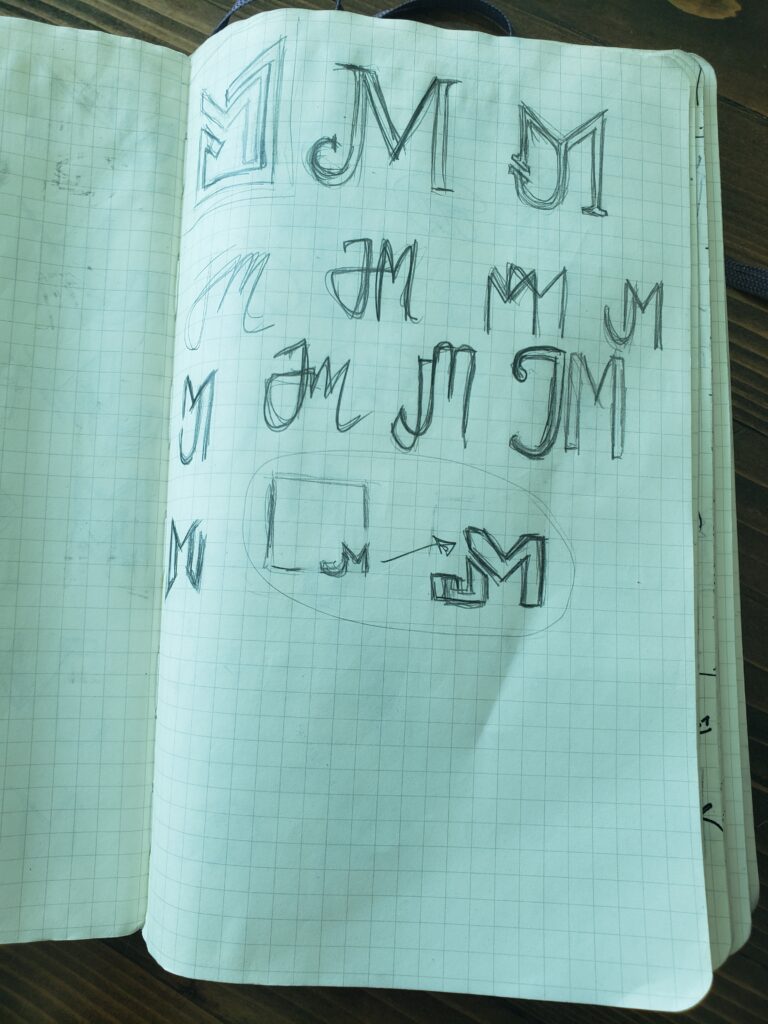
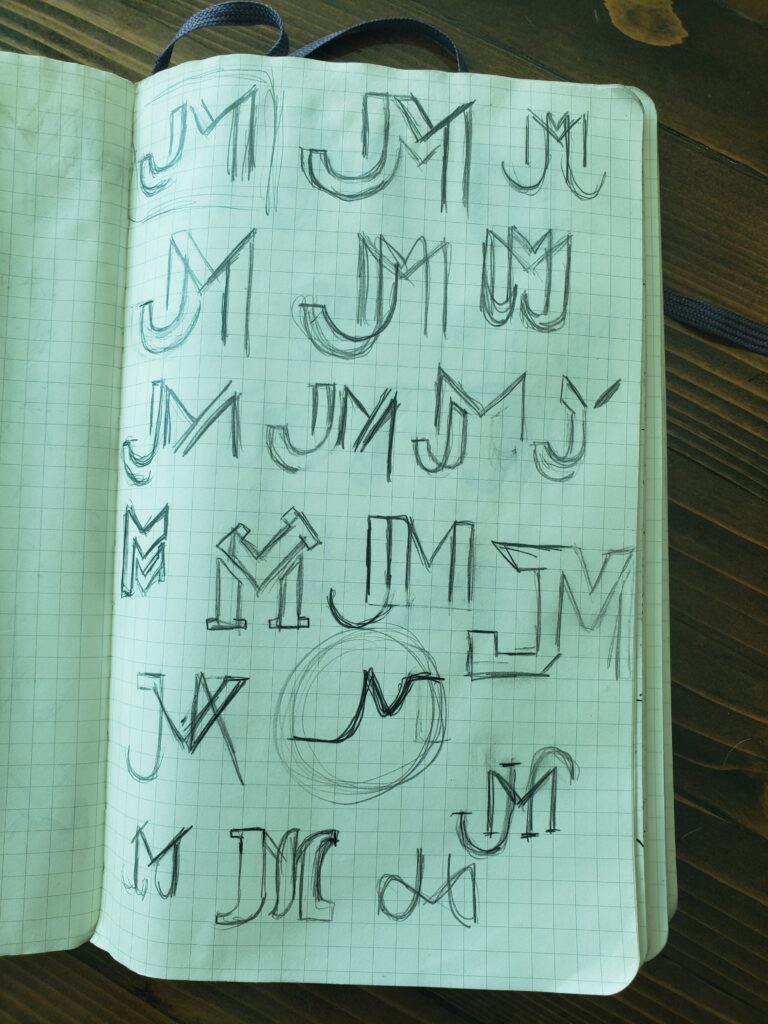
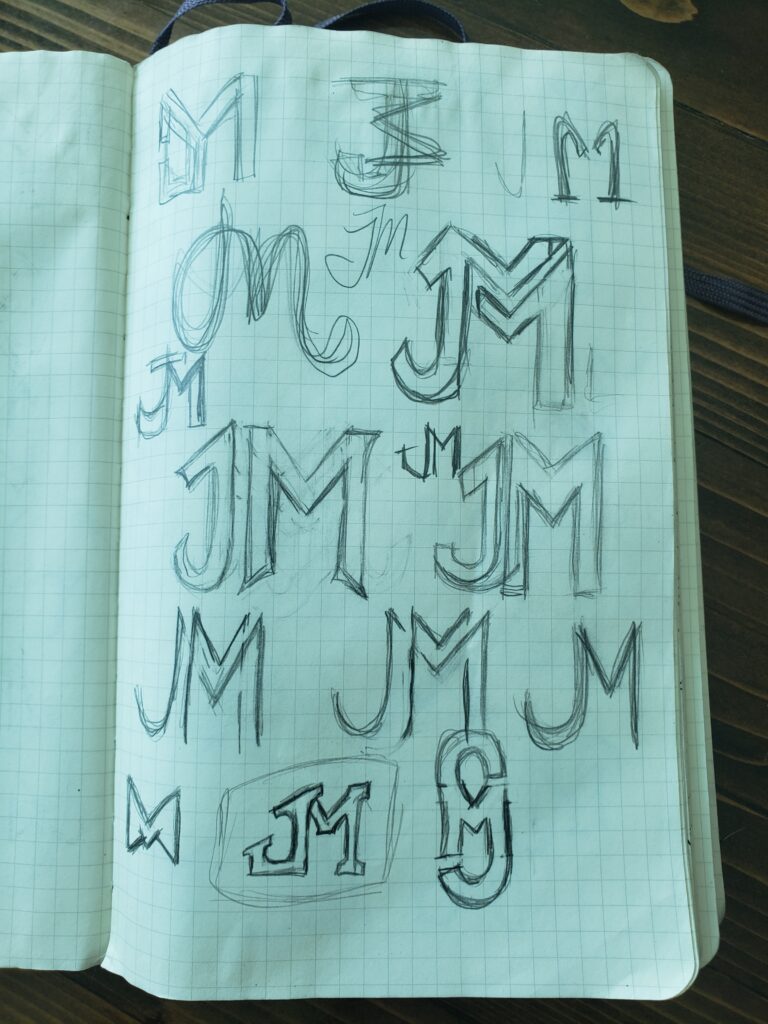
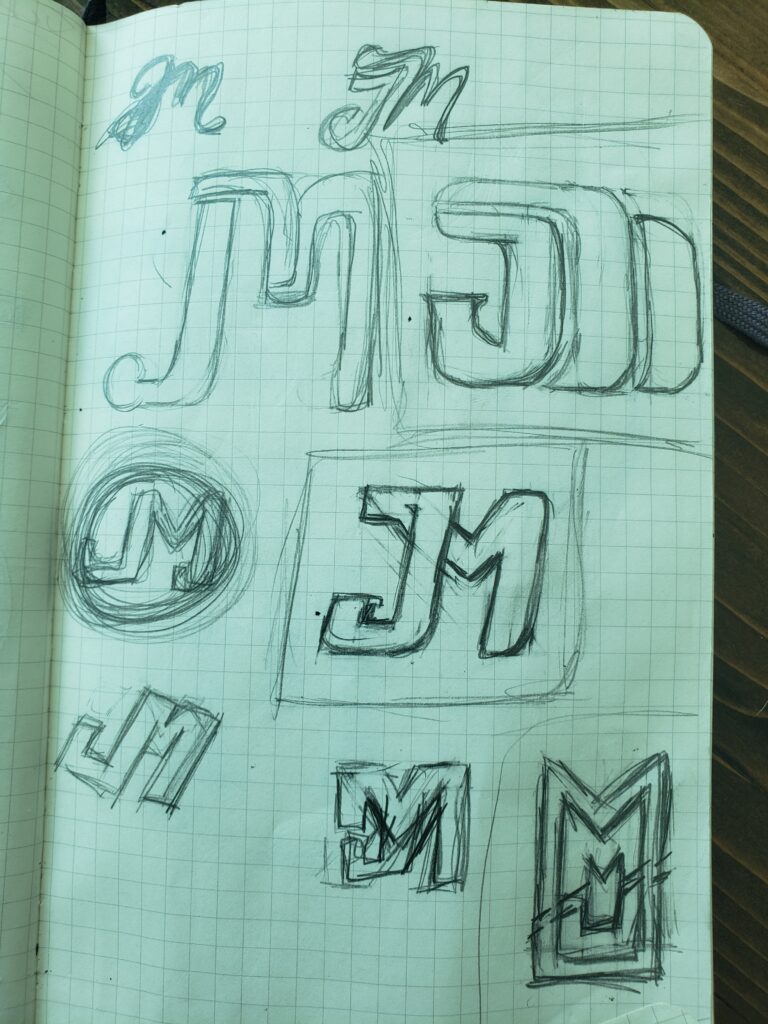
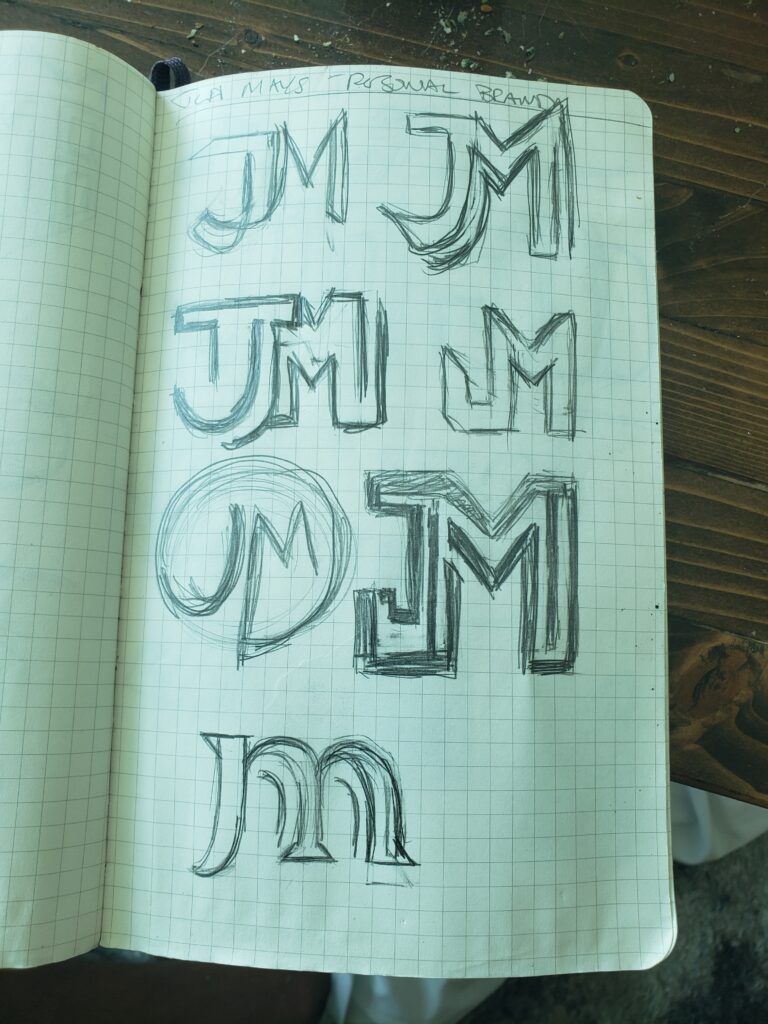
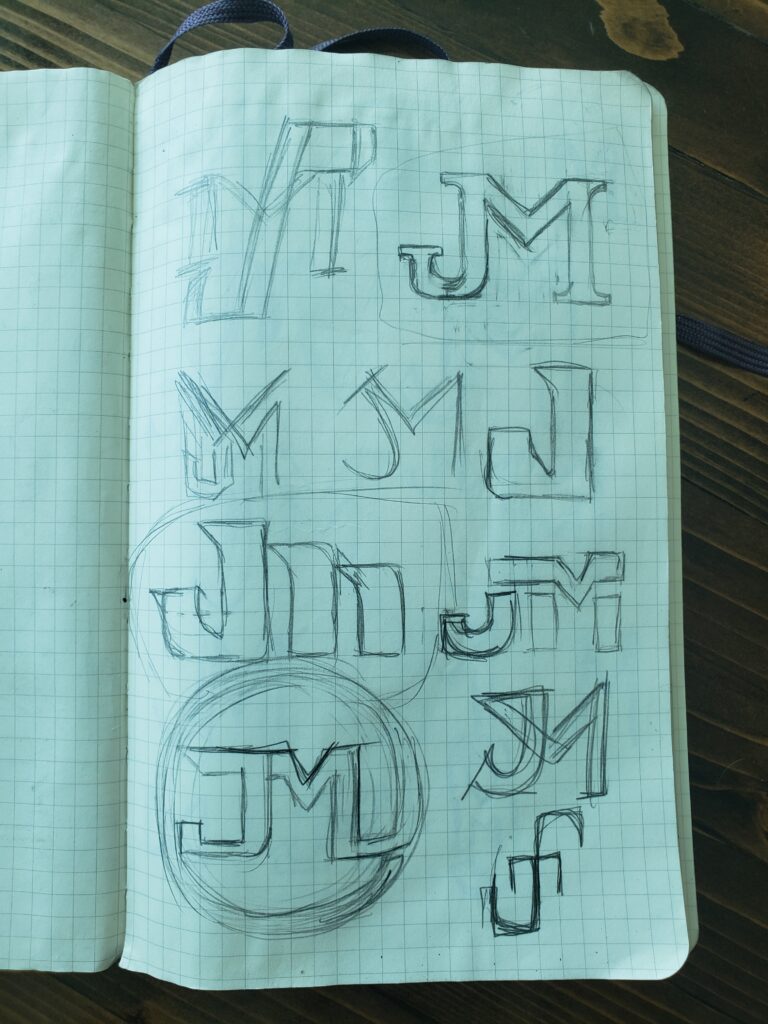
It may only take one little tweak to accomplish this step. There are times when it takes a series of longer revisions. Normally, I specify in the original contract how many revisions I’m willing to make, which encourages the client to be more thoughtful when requesting revisions. There are times when clients request that you begin over from scratch. You can avoid this situation by doing your due diligence when creating the original contract.”
After the logo has been completed, I will discuss with his client what file formats and other iterations of the logo he may require. The logo of Double Dee Farms, for example, needed to fit on a cowboy hat or be branded on their cattle. A restaurant may require the design of menus, signage, and t-shirts. No matter what iterations they require be sure to include these in the brand guidelines to ensure proper use.

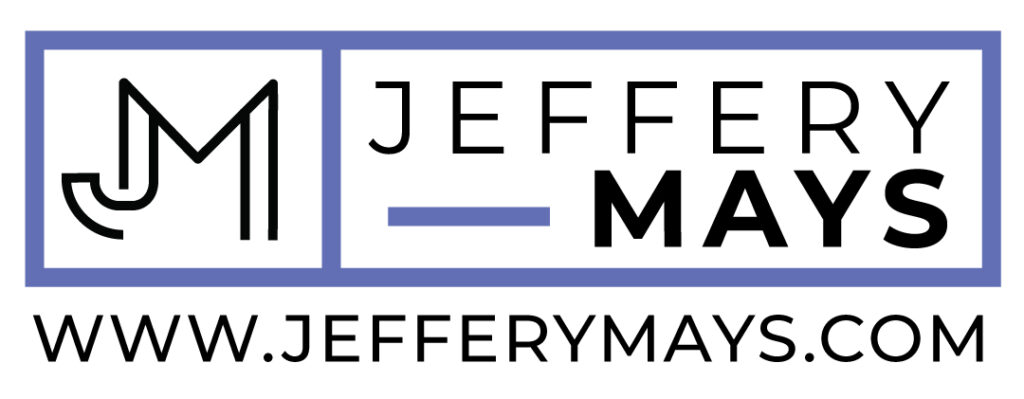
The process of designing a logo from scratch is complex and creative but if done correctly will serve your client for the remaining existence of their company.
So be sure to follow this guide if you’re looking to avoid having a sh*tty logo! If you have any questions or want us to help you out be sure to provide your email below or fill out a project inquiry form on the home page of our website: http://bit.ly/3TVonOf
